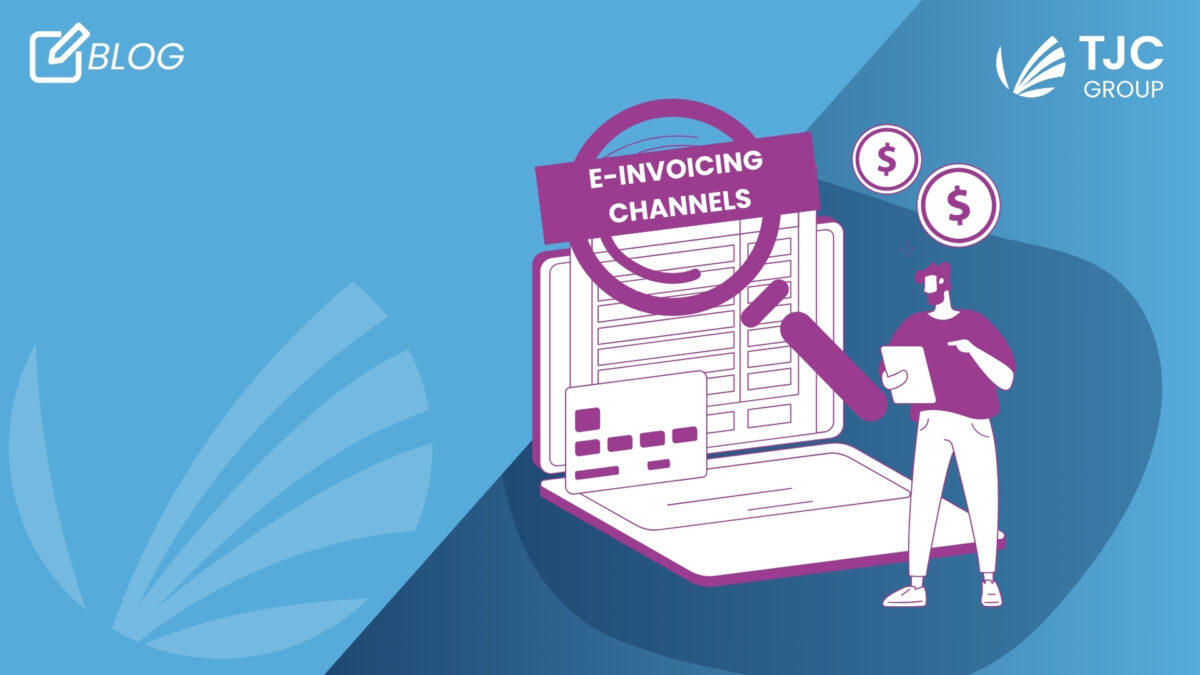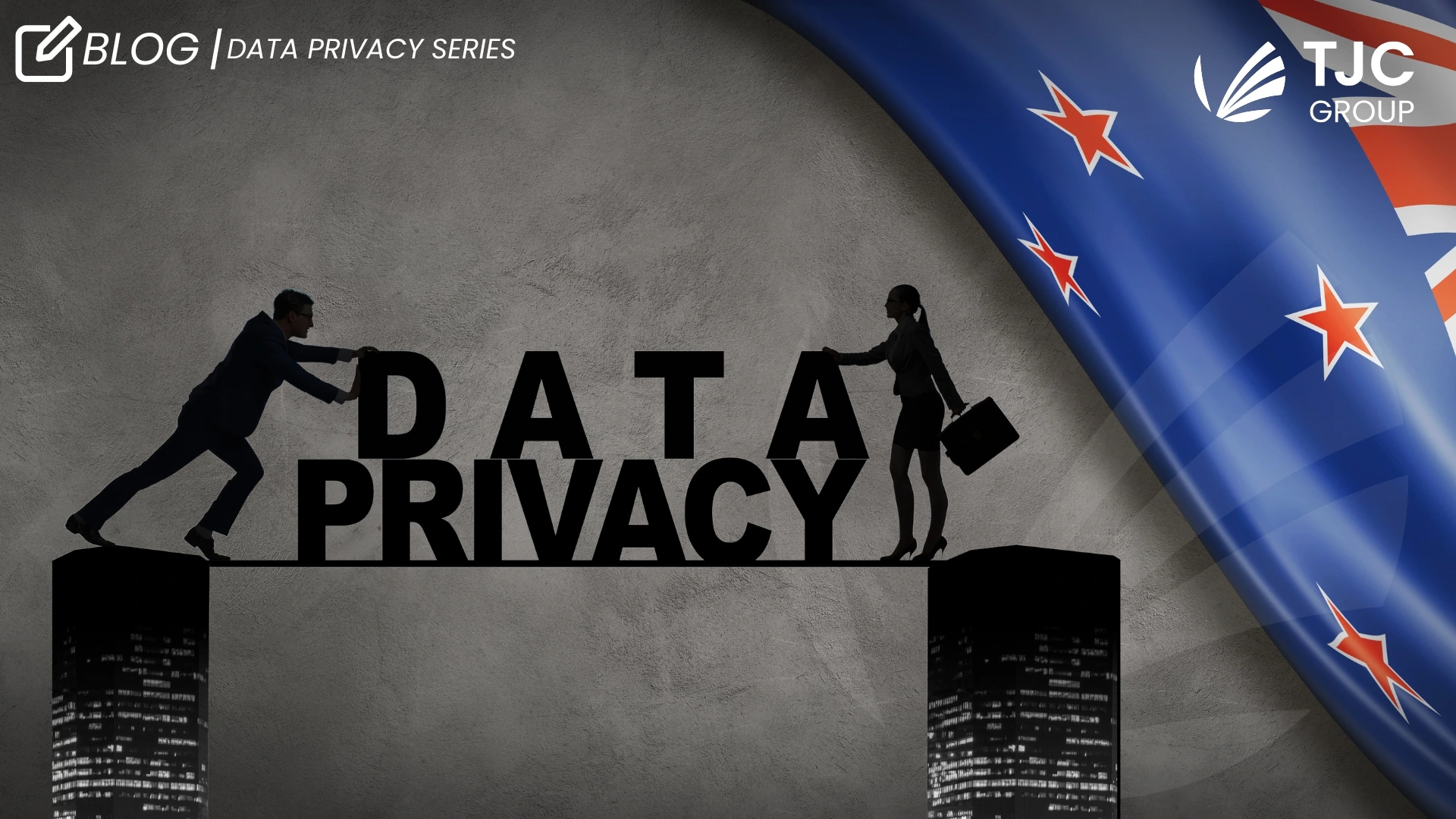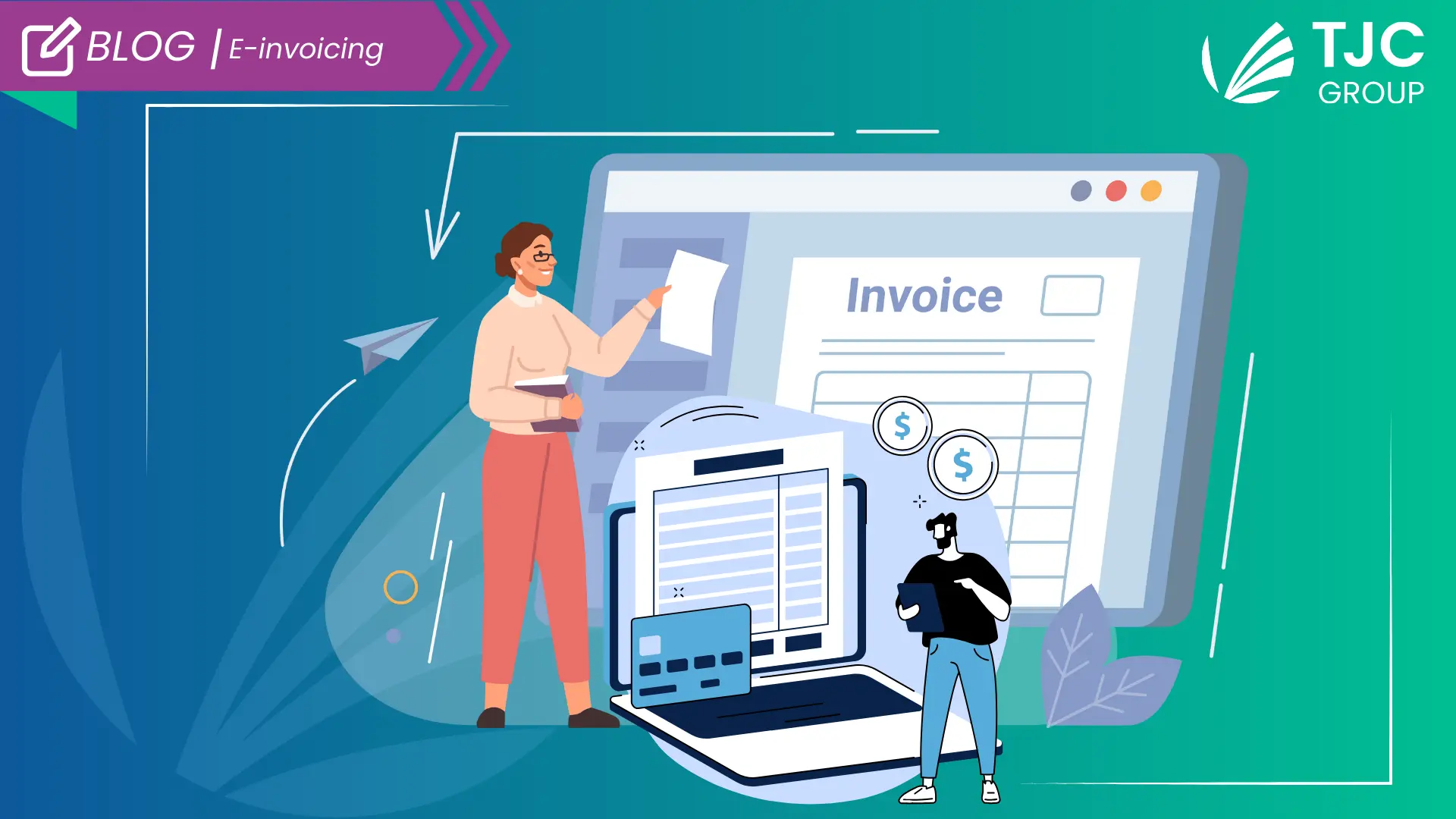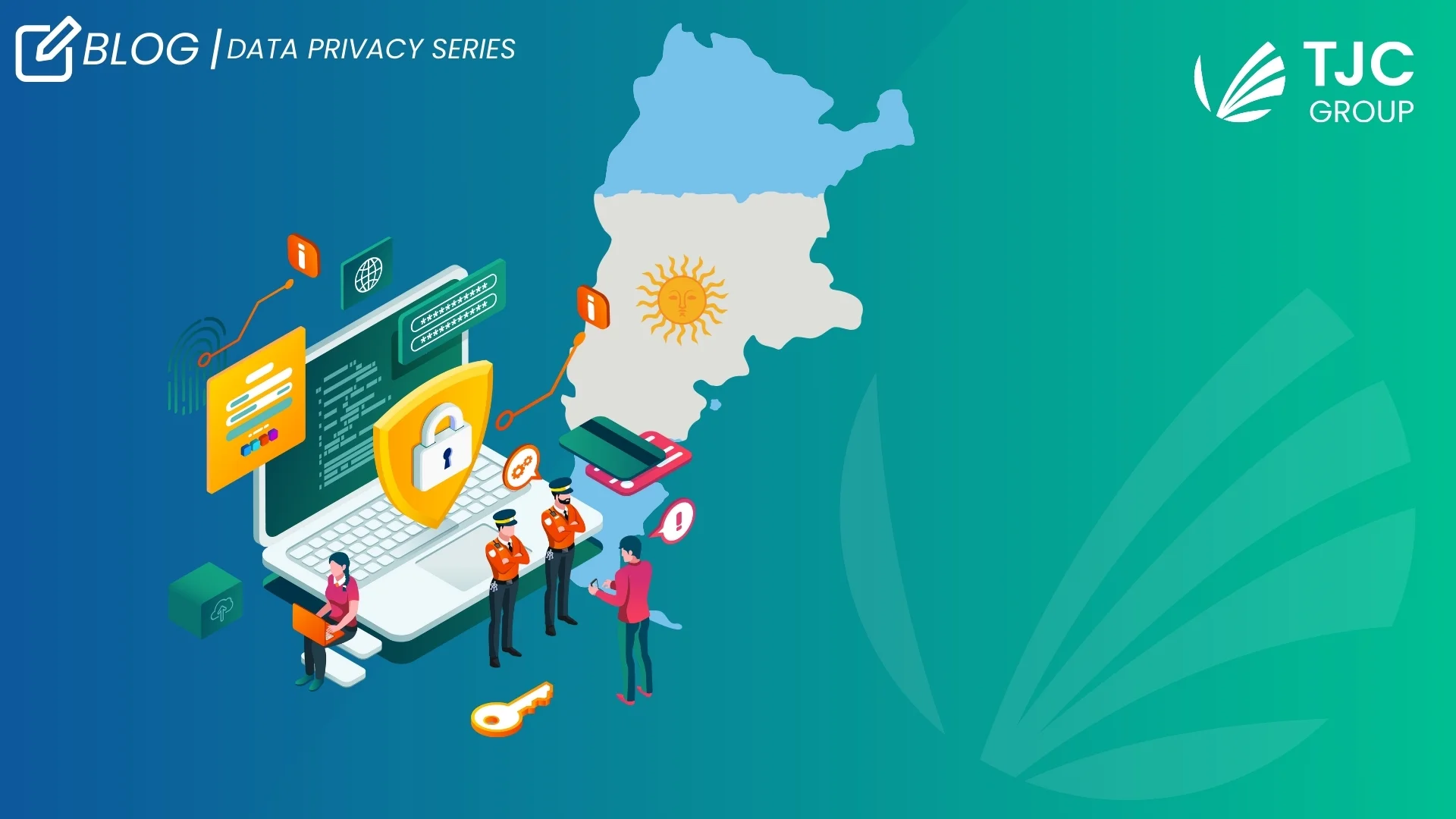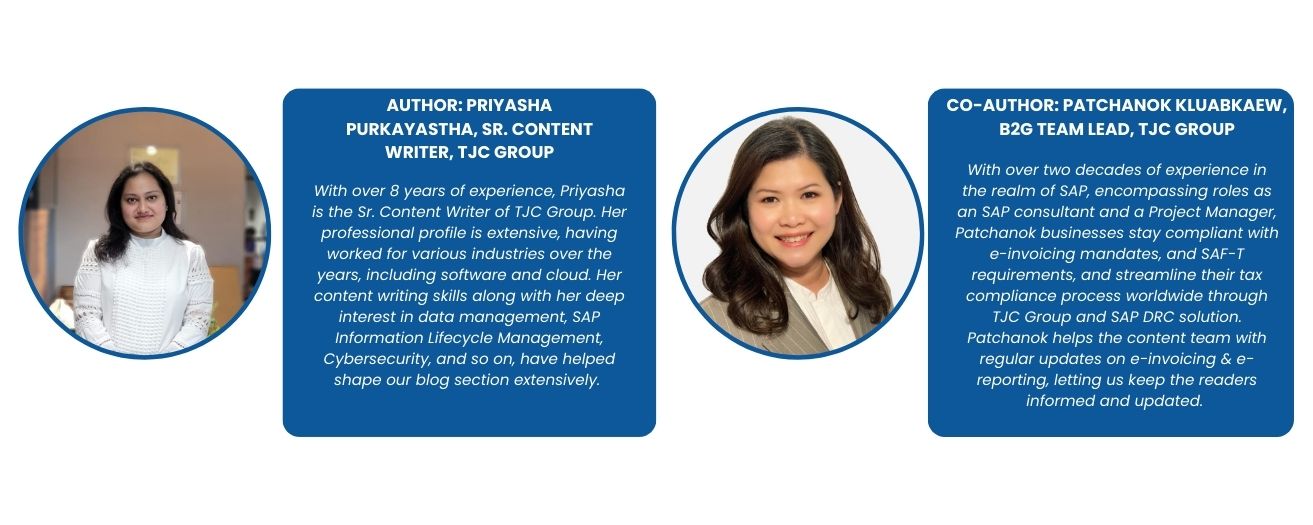
Table of contents
Inside the e-invoicing and reporting journey
E-invoicing and e-reporting are on its journey to become mandatory across the world. Almost every other day, we come across updates stating that “an X country passed its legislation for mandatory B2B e-invoicing”, and so on. The magic of digitalisation cast its spell across all the industry – be it the IT industry, education, or governments. Its takeover is not just to ensure a faster, more accurate, and efficient process but also to drive sustainability – which, honestly, is the need of the hour.
Moreover, the archetype move from traditional roles to digitisation also capsizes the former in compliance. The process of preparing periodic reports to audit the draft returns by tax authorities must be quick and efficient. Therefore, automation and technology are becoming increasingly significant in e-invoicing and e-reporting. However, are these enough to make sure of a seamless process? Surprisingly, there are a few other factors that you must keep in mind.
We spoke about the different formats of e-invoicing that you must know about in our last blog post. In this blog, we will talk about the different channels for electronic invoicing. Knowing them is quintessential not only to make the process faster but also to ensure that you are in compliance with the country’s regulatory requirements. Now, let’s talk about the different e-invoicing channels!
What is an invoice channel?
Before jumping into the different channels for e-invoicing, let us give you an overview of what an invoice or invoicing channel means.
As you know, organisations receive e-invoices from several external sources. These e-invoicing channels help transmit the invoices from the sender to the receiver faster by collecting them in one location. Administrators can define channels based on the regulatory requirements of the region; when invoices are sent through pre-defined channels, they may be captured for records.
The different e-invoicing channels for you
Now that you know what channels are, here are the different types that you must know –
Interoperable e-invoicing networks
One of the major e-invoice channels is the interoperable e-invoicing network. These networks or platforms connect businesses and tax authorities, allowing the former to submit e-invoices in a standardised format. Moreover, it helps tax authorities access all the data electronically. PEPPOL (Pan-European Public Procurement Online) is an example of such a network used in Europe and a few other countries.
The interoperable e-invoicing framework addresses three key concepts –
Interoperability
The network allows sellers and buyers to exchange e-invoices and their related documents in a compliant format. As a matter of fact, interoperability must be present, regardless of the IT landscape, e-invoicing and e-reporting solution or service, and so on.
Security
The interoperable e-invoicing network helps secure the exchange of information between the customer and supplier, making it impossible to intercept or alter the information during the transit. Furthermore, to maintain credibility and security, one should limit the communication within the framework to authorised users only.
Standards
This e-invoicing channel defines semantic level standards, which collectively constitute a core set of e-invoice data elements, best suitable for B2B and B2G transactions. As per the channel’s standards, the e-invoices must be in the required technical syntax while enabling its delivery through established standards for message transport protocols. The delivery and processing of the e-invoices must be made possible through a variety of implementation practices.
Integration of accounting or ERP software
Another channel for e-invoicing is the integration of accounting or ERP software systems. Businesses can integrate their ERP systems with the systems of the tax authorities through this channel. The integration enables the automatic submission of e-invoices as well as the submission of the transaction data directly to the tax authorities in real-time, or at the specified intervals.

Direct submission through government portals
In several countries, tax authorities offer an online portal or platform that is immensely secure and robust to avoid any fraud or cyberattacks. Using these portals, businesses can directly upload and submit e-invoices. The portals are designed to accept e-invoices in a specific format or standardised schema as per the country. An example of this channel would be the Goods and Services Tax Network (GSTN) in India.
Specifically, the network manages the entire IT system of the GST portal, which is the mother database for GST. Now, advisories on setting up new portals for e-invoicing have also been released. As per the release, the new portals are an addition to the current government NIC-IRP portal. The e-invoicing portals will be operated by private players; it has been onboarded in a bid to enhance the overall user compliance journey.
Apart from the direct submission through government portal channels, in a few countries, tax authorities offer free e-invoicing software. Using such software, businesses can create and submit e-invoices in the required format.
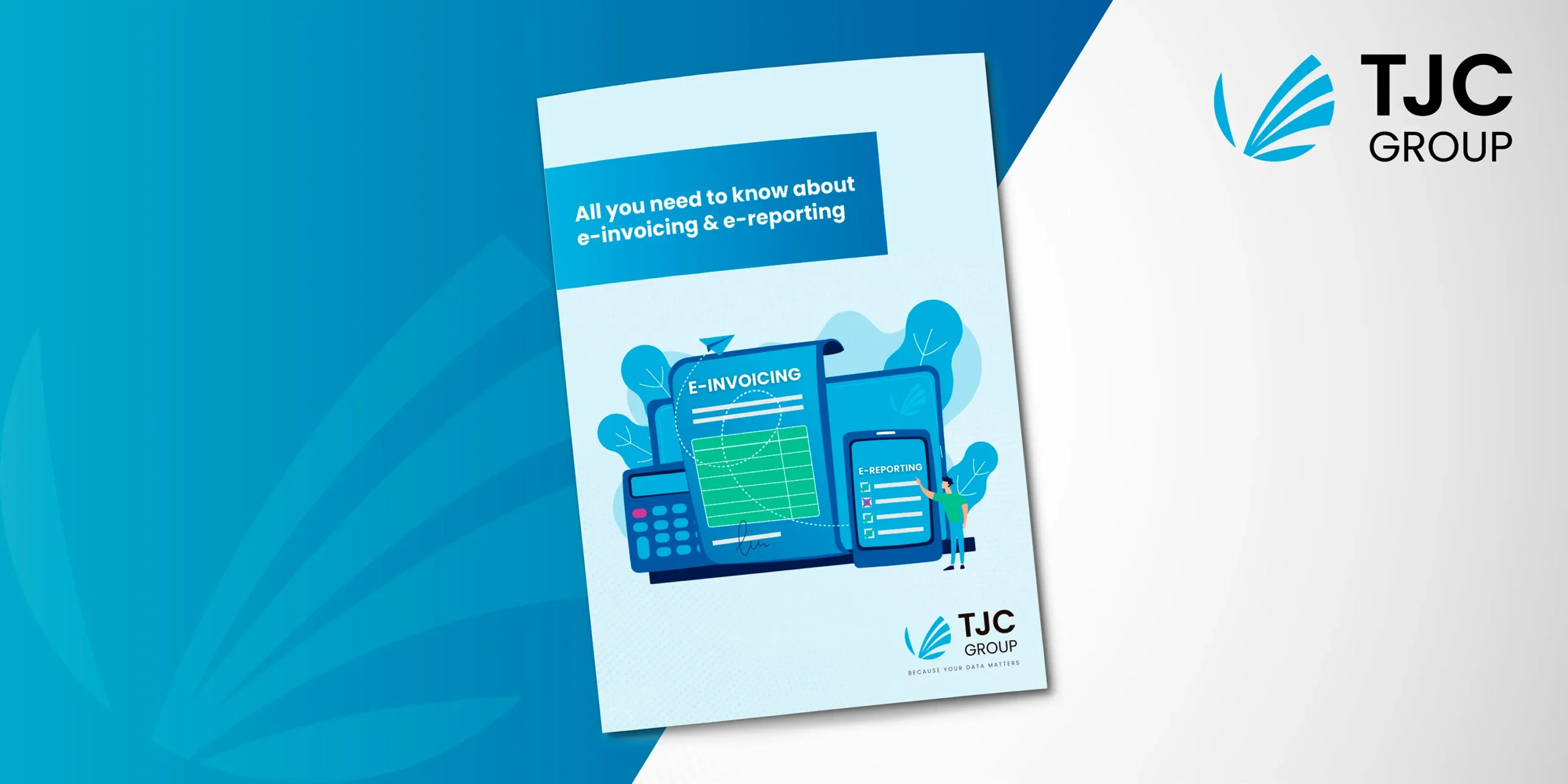
Certified service providers
Quite a common channel for e-invoicing and e-reporting, businesses are to use certified service providers. The providers make sure that the generated, transmitted, and stored e-invoices are in compliance with the local regulations. The certified service providers, at times, have direct connections with the tax authorities for submission of the e-invoices.
Along with these e-invoicing channels, in regions where the Electronic Data Interchange (EDI) standards are established, organisations may use them to transmit the e-invoices to the tax authorities. Moreover, EDI messages can be sent directly or through intermediaries, which offer EDI services.
Amalgaming the benefits of e-invoicing and e-reporting
Invoices are the main source of information for VAT and business activities. Therefore, by default, e-reporting becomes an extension of e-invoicing. As a matter of fact, several countries in the European and LATAM regions have combined electronic invoicing and reporting requirements into a single mandate. However, the implementations may vary from region to region, although the principle is similar.
Additionally, some countries have pre-clearance models, where the suppliers must submit the invoices to the tax authorities first. Post approval from the authorities, the e-invoices can be forwarded to the buyers. Keep in mind that pre-clearance is not accepted in ViDA DRR. Therefore, the adoption is anticipated for these countries to converge to ViDA.
Amalgaming e-invoicing and e-reporting together helps streamline the exchange of invoice data between the suppliers and buyers. Consequently, it enables tax authorities to retrieve much-needed VAT information in real-time.
Implement e-invoicing with TJC Group
With over 25+ years of industry experience, we assist our clientele with challenges concerning SAP data management for tax and audit purposes. We are one of the official resellers of SAP Document and Reporting Compliance i.e., SAP DRC solution, which helps implement e-invoicing and e-reporting effortlessly. Our company is aware of the legal requirements for tax and audit and understands the business needs and the technical aspects of compliance. Collaborating with TJC Group for the implementation of electronic invoicing with SAP DRC, organisations can enjoy several benefits, from the SAP Activate Methodology and subject matter experts to state-of-the-art technology and so on.
What are you waiting for? Join hands with us and let your e-invoicing and e-reporting with SAP DRC implementation happen seamlessly!


